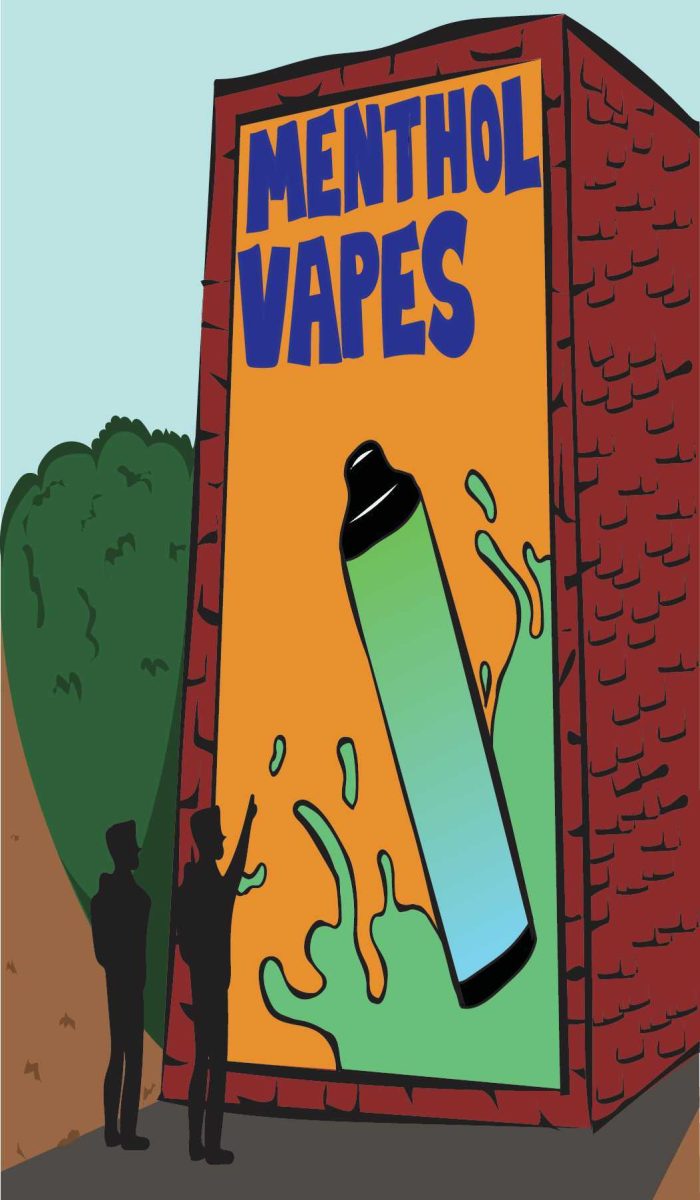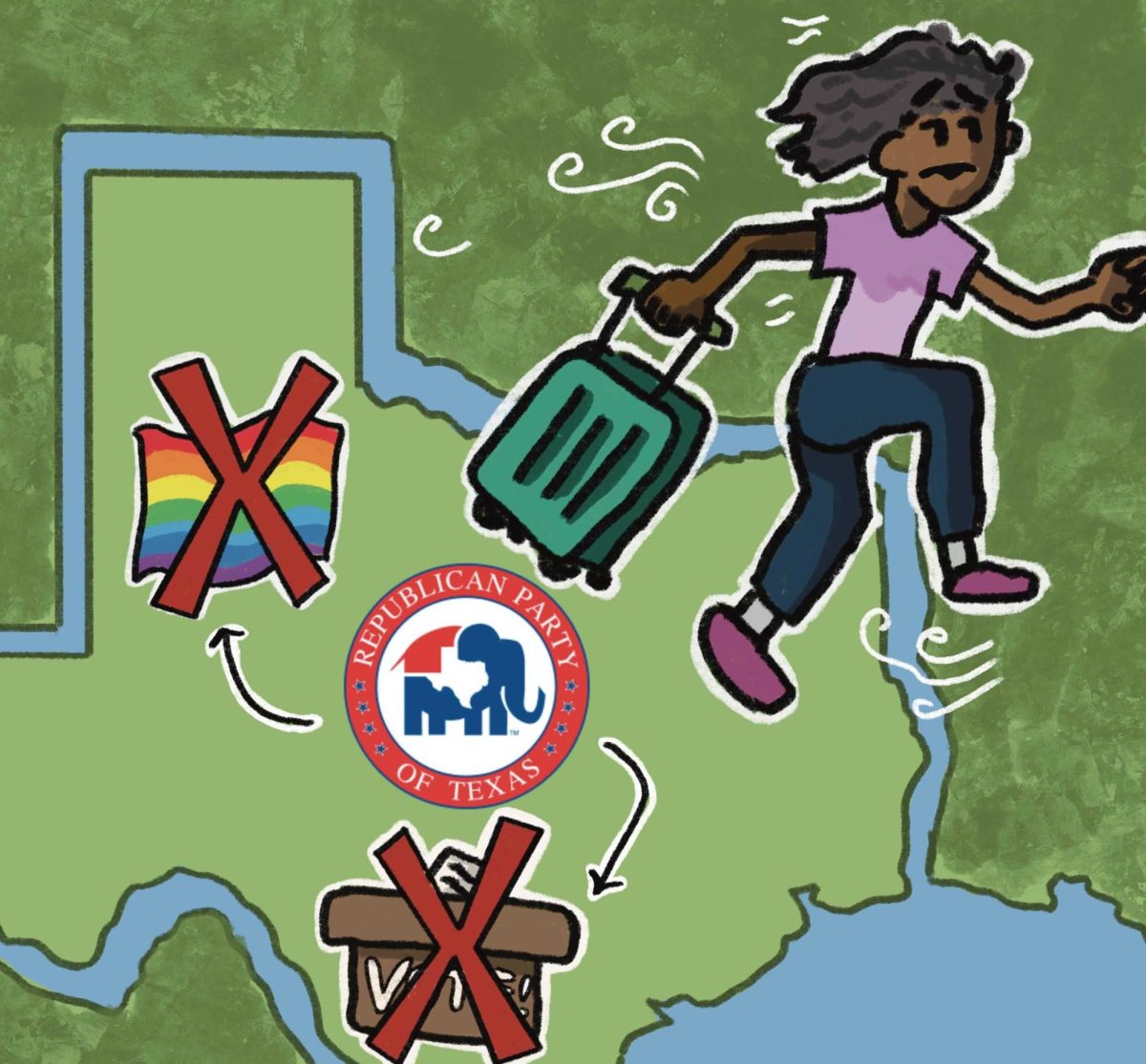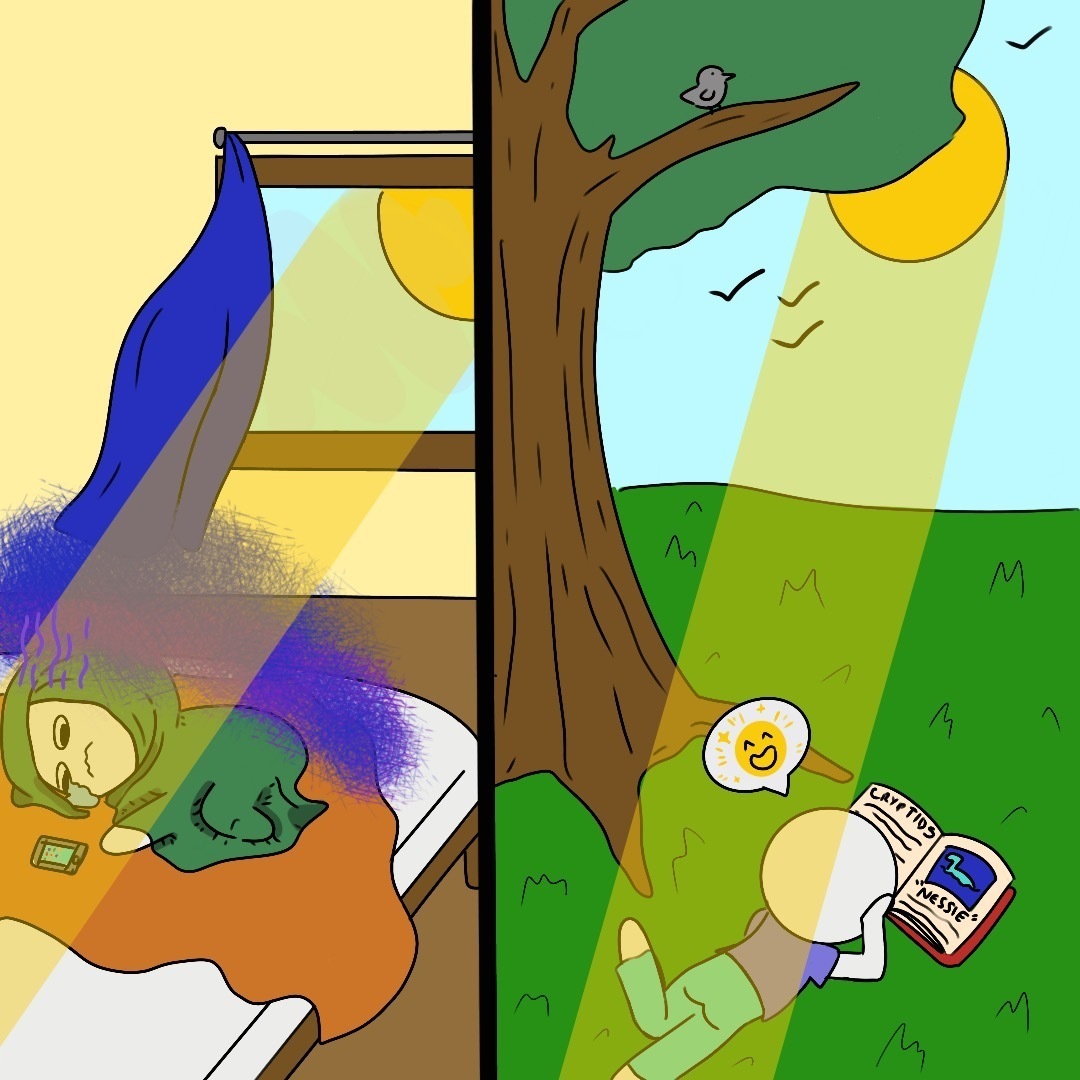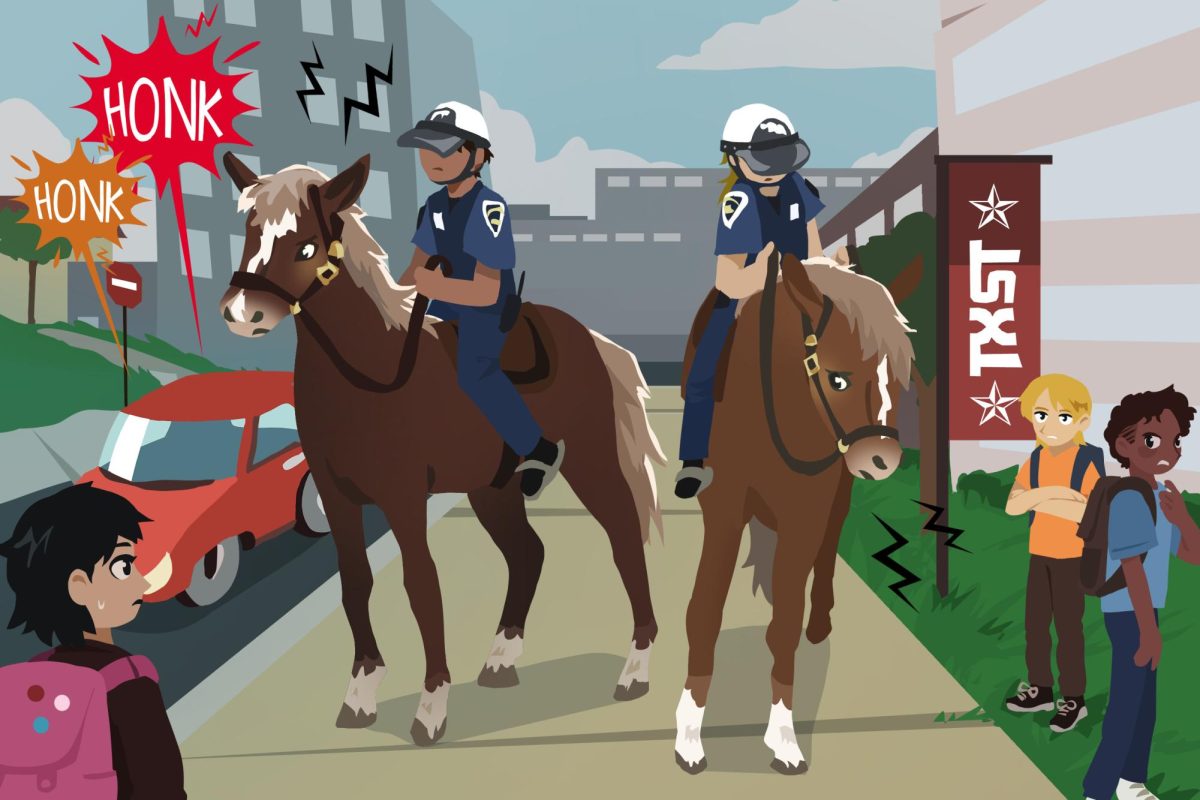In early February, US Representative Chip Roy (R-TX21) introduced HR 5973, the Border Visibility and Security Act of 2020. This bill would give several further resources to the Department of Homeland Security for road construction along the border, divert convicted cartel members’ forfeited criminal proceeds to funding further border security measures and update the technology available to surveil the Texas-Mexico border region.
However, one of the more contentious components of the bill is barely mentioned in it at all: concerted efforts to remove Arundo donax, or Carrizo cane, from the banks of the Rio Grande.
Roy’s bill stipulates that ‘the Secretary of Homeland Security shall take such actions as may be necessary—to permanently eradicate the cane that grows along the Rio Grande.’ However, it goes on in the next subsection to state ‘no additional funds are authorized to be appropriated to carry out this section.’
For someone who wrote an article for Fox News about how the grass impedes the activities of Customs and Border Patrol, Roy seems to be unaware of the difficulties faced in its removal.
Roy may believe that Carrizo cane may simply be cut down—a relatively cheap process that should not require the authorization of any further funding—but management of Carrizo cane is a long and expensive process that requires at least three times the funding already given for it.
Carrizo cane is an invasive species that, while native to the Middle East and Mediterranean, has spread throughout the world via pieces of stem and rhizome, which easily root and grow into plants over twenty feet tall.
Whether it hinders the activities of Border Patrol agents or not, it should absolutely be removed, as it displaces native plants and the other species they support, especially along riverbanks.
However, removal efforts have been ongoing on the Rio Grande since 2009. Herbicides, physical removal and release of a European galling wasp, the Arundo wasp, have been used to remove Carrizo cane, but after seven years only 32% of the cane along the Rio Grande had been cleared.
Not only is this a slow process, but it is an expensive one, too.
The cane must be cut, then treated with herbicides, then monitored constantly, treated with biocontrol by introducing the Arundo wasp—and after the cane shows significant reduction, the area it occupied must be replanted with native species and monitored for cane regrowth.
This can all cost up to $105,000 per mile of cane—which adds up over nearly 2,000 miles of riverbank. A conservative estimate by the Texas legislature of $4.9 million per year is significantly more than the $1.5 million per year put toward Carrizo cane removal now. The National Wildlife Federation has proposed that the most realistic cost of Carrizo cane removal is closer to $250 million.
Roy can give plenty of lip service to removal of Carrizo cane, but it is clear that he has no idea what a massive undertaking it actually is.
Even when management of invasive species is critical to border security, an issue Roy features prominently in his platform, he and other Republican legislators just cannot bring themselves to fund environmental issues properly.
– Toni Mac Crossan is a biology graduate student
Opinion: Republicans in Congress show their ignorance on Carrizo cane control
March 31, 2020
Donate to The University Star
Your donation will support the student journalists of Texas State University. Your contribution will allow us to purchase equipment and cover our annual website hosting costs.

























